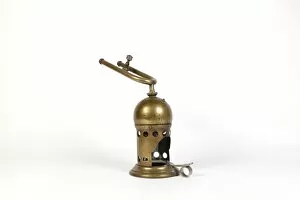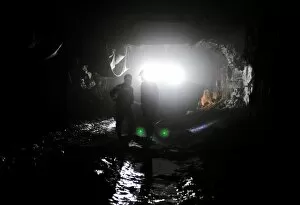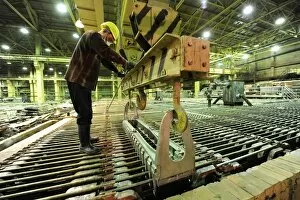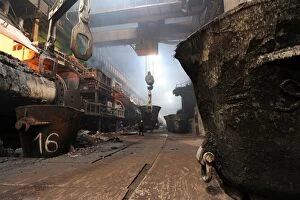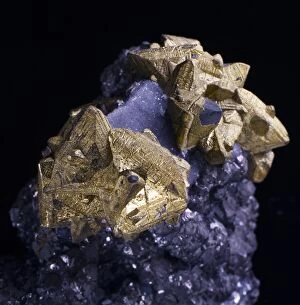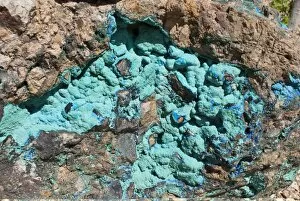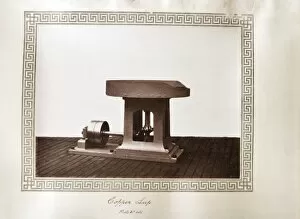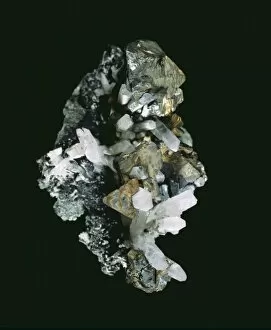Copper Collection (page 58)
"Copper: A Versatile Metal That Shines Through Time" Step back in time with a glimpse of history through W
All Professionally Made to Order for Quick Shipping
"Copper: A Versatile Metal That Shines Through Time" Step back in time with a glimpse of history through W. Fairbank's 1797 plan of Sheffield, showcasing the town's copper heritage. Engraved by Thomas Harris, this intricate map reveals the significance in Yorkshire. Marvel at the craftsmanship displayed in a stunning collection border and jelly moulds. These timeless pieces not only add elegance to any kitchen but also pay homage to the artistry involved in working with this remarkable metal. From Sheffield to New York City, it has left its mark on iconic landmarks like the Statue of Liberty. Its enduring beauty and durability make it an ideal choice for such monumental sculptures that stand tall as symbols of freedom. Explore the fascinating world where chemistry meets art as copper and magnesium sulphate combine in LM, creating captivating hues and textures that grace canvases across generations. Delight your senses with an array of jelly and cake moulds, each one telling a story through its unique design. These culinary treasures remind us how copper has been an essential tool for bakers throughout history, ensuring delectable treats for all occasions. Travel to Bisbee, Arizona—a once-thriving mining town—where copper was king. Witness remnants of its rich past as you stroll through streets lined with historic buildings that whisper tales from America's industrial era. Admire Martin van Meytens' Kneeling Nun painting from 1731—a masterpiece brought to life using delicate strokes on a canvas primed with powdered copper pigments. This artwork showcases both artistic skill and the versatility of this metallic element. Journey across Cornwall's rugged landscape to witness a 19th-century tin mine where miners relied on sturdy tools made from none other than resilient copper—an integral part of their daily lives underground. Venture into County Cork's Midleton distillery—the home of Jameson Irish Whiskey—and marvel at massive gleaming copper stills.






